There's no other mecha game quite like Armored Core
Armored Core 6: Fires of Rubicon marks the first PC entry in the cult mecha sim series—here's why you should care.

No longer must those of us who love FromSoftware's build-your-own-mecha series languish in purgatory, stuck playing the last Armored Core's only okay (and now decade-old) multiplayer on modded PS3s. Armored Core 6: Fires of Rubicon is blazing its way onto PC—and soon.
This sequel is a promise to mecha fans that's been decades in the making
If you've been a dedicated PC player for your whole life and the whole mecha anime thing passed you by in the '90s and '00s, the face-tearing hype from fans of FromSoftware probably seems odd. What you need to understand is that Armored Core is a series like no other. In the same way that Elden Ring is an all-encompassing fantasy experience, Armored Core has long strived for that same ideal. This sequel is a promise to mecha fans that's been decades in the making.
Armored Cores are modular mecha with interchangeable components that allow for almost unlimited customization. Weapons, arms, generators, sensors, fire control systems, almost every component imaginable can be ripped out and replaced with something tailored to the needs of the mission. The Armored Core is like a mechanical ecosystem, where every component has some kind of effect on the other. A laser weapon may perform fine when relying on a mid-range generator, but the heavy power draw of sustained fire can make it a liability when faced with helicopter squads or tanks.
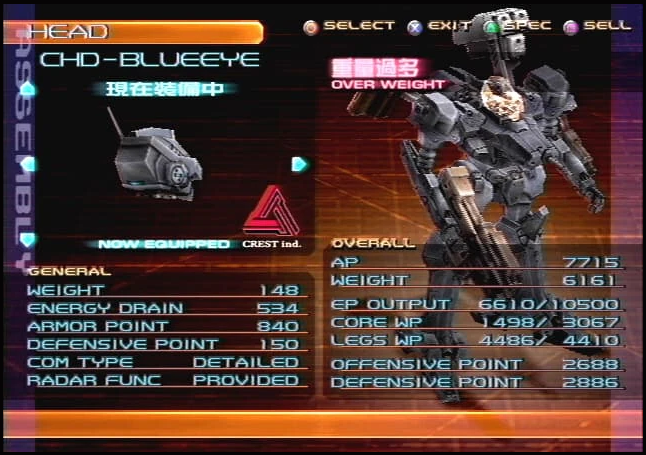
That power draw could be addressed with a more powerful generator, at the cost of greater weight strain on the legs. It's easy to switch them out to a heavier model, but that comes at a cost to turning speed, which means no more snaking between buildings and jump-dodging around incoming missiles. Just when you think you've got it all figured out, you'll always run into some kind of design oversight necessitating another round of refits.
And that change is tactile. The sound of military grade steel grinding across concrete winds up and slows down, the whirring and whizzing of micro-motors rising and falling convey this feeling of sluggishness. The intricate design considerations that need to be pored over in the garage lend a believability to Armored Core that contemporaries MechWarrior and Titanfall lack, even if no thousand-ton mecha could actually stand on two legs without toppling over.
The feeling of piloting an Armored Core varies, but the starter AC units often fall somewhere between "fine" and "unbearable," with walk cycles and turning speeds that resemble a sleepy Boris Karloff. One of Armored Core 3's most annoying missions has terrorists take control of a hydroelectric dam: touching the stale water below means instant death and it's easy to fall in due to the deliberately awkward controls. But this hellish mission can be almost entirely stripped of its difficulty by swapping out bipedal legs for a hovercraft unit beneath the hip, allowing for one to glide across the water's surface and mulch foes from below.
Of course, nothing's for free in Armored Core, and this brings with it a series of additional design considerations—severe weight restrictions, losing the ability to jump, dodge, or use laser blades.
Keep up to date with the most important stories and the best deals, as picked by the PC Gamer team.
Those limitations raise the stakes, and mediocre performance brings with it a mediocre payout. It's not uncommon for new players to screw up a few missions in a row and get saddled with a gigantic, impossible-to-pay repair bill. Compared to MechWarrior, where success and failure are typically decided by in-mission performance, Armored Core's simulation ultimately makes it a more immersive experience, right down to the bookkeeping.
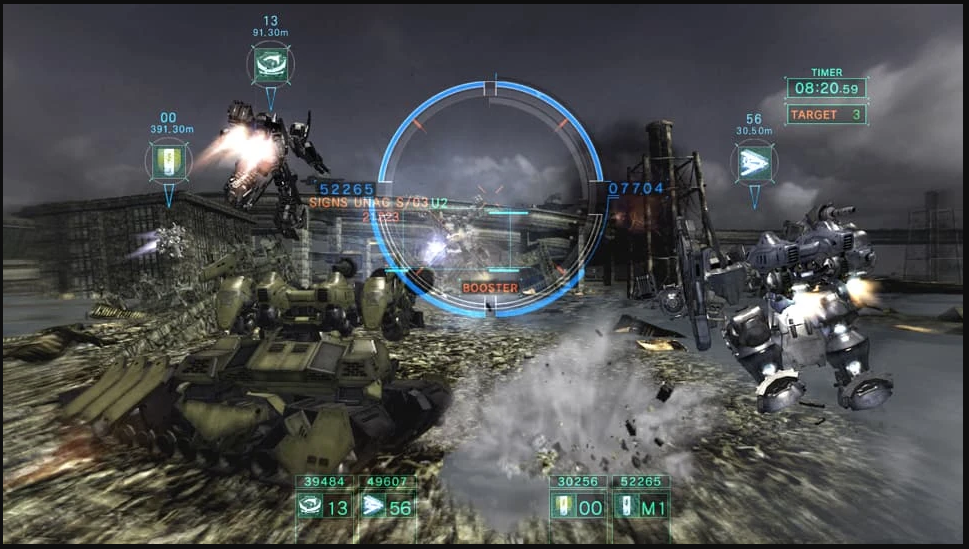
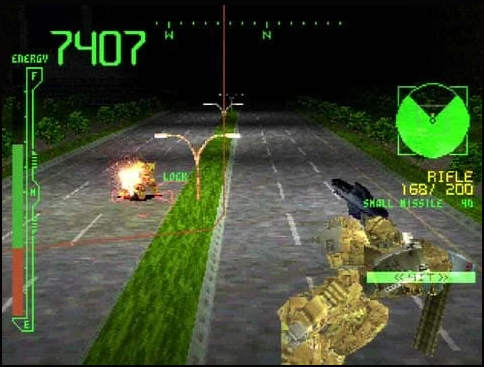
If you're going back to any of the older Armored Core titles, you may find yourself struggling with the clunky controls that make your unresponsive mech feel all the worse. Rebind the turn and pitch button inputs to the right analog stick – the PS2 had analog face buttons, so it'll feel like it was designed for a modern controller.
Purists may balk at the assertion that Armored Core is comparable to Dark Souls, but they're more similar than they are different. There's a shared emphasis on dodging, equipment load, and chasing the perfect build. Each Armored Core has a drastically different attitude towards combat and pacing, with Armored Core 4 and pseudo-sequel For Answer frequently blowing past mach 5, whereas Armored Core 5's M1 Abram's style mechs would lose a drag race against a sedan on the freeway.
Each main series entry approaches the function and design philosophy of mechanized warfare in a distinct and meaningful way. This inspired, artful approach to giant robot design has its roots in the runaway successes of Gundam and Macross, but the modern setting makes Armored Core stand apart.
In a genre that habitually returns to playing out World War 2 in space, Armored Core breaks the mold with eerily modern corpo-feudal dystopia. Ravens, mercenaries with the resources to procure and maintain the powerful Armored Core mecha are pit against competing private and public sector interests, with the player deciding which contracts they'll take and which ones they'll pass on, often committing to a story path without knowing it. Early tutorial missions see Armored Core units testing weapons on striking construction workers and clearing out squatters for AI-guided real estate companies. Later your Ravens will be allying with terrorists, revolutionaries, and the corporations that oppose them. The narratives here are lightweight and easily ignored, but like the Souls series, there's a depth to it all, buried in item descriptions, email inboxes, and mission briefings.
Missions will often feel more like work than play, a mood accentuated by a discordant aesthetic. Composer Kota Hoshino's soundtracks blend post-punk, trance, and jazz piano into eerie jams that somehow fit perfectly with the on-screen action. The alienating, depersonalized stream of contracts and the free associative post-punk music work together to leave these lingering feelings of dread, awe, and confusion.
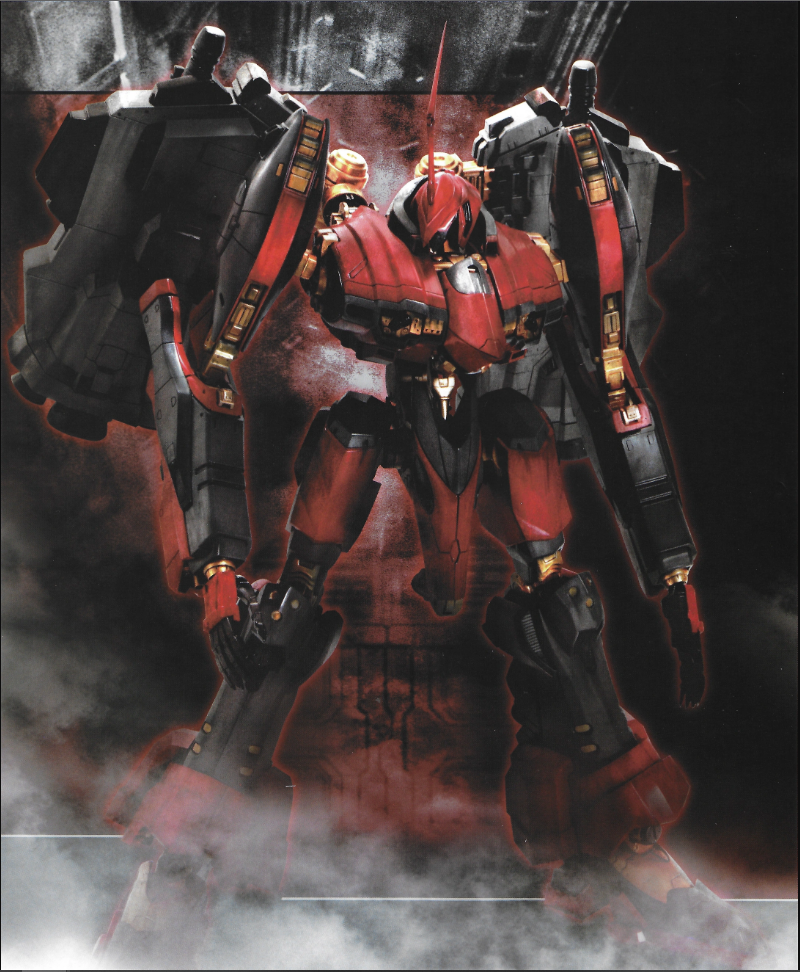
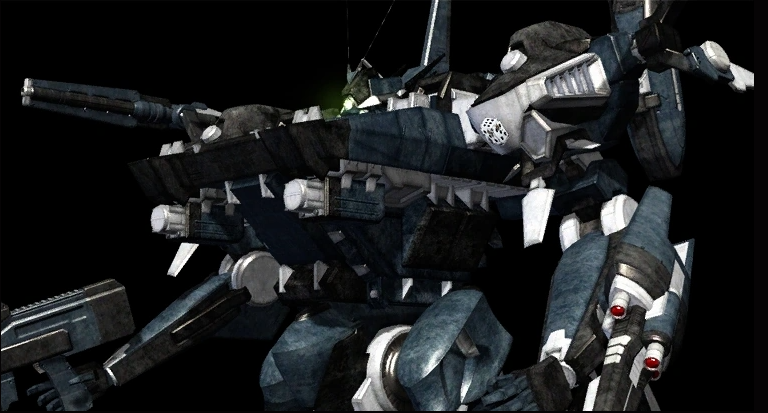
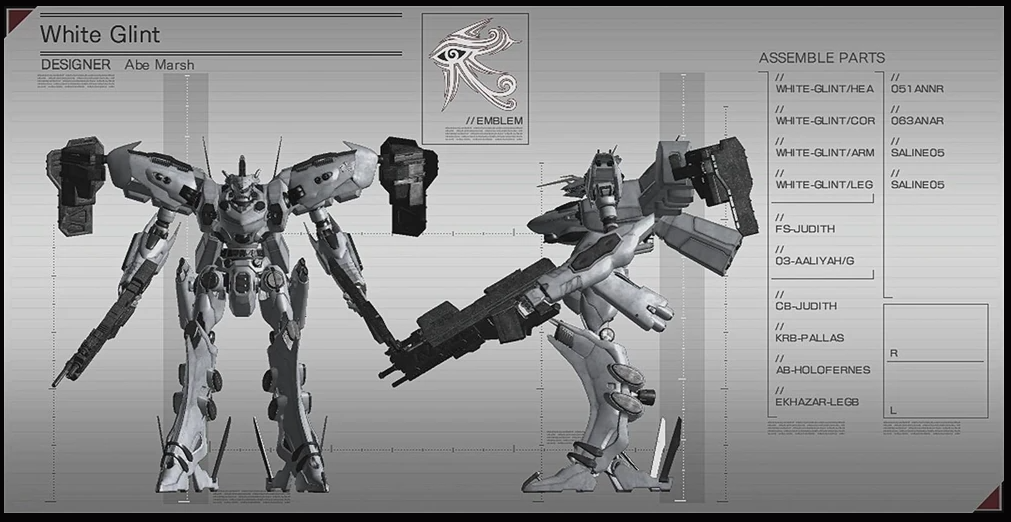

Aesthetically, Armored Core is consistently inspired. Armored Core 4's sleek, agile Lynx suits boast human-esque anatomy, dignified postures, and garish regalia, like titanium knights and nobility. Armored Core 5's mecha barely come up past a Lynx's knee, with big, boxy proportions that pull from modern military vehicles in service today. Owing to an otaku-pioneered design philosophy that liberally lifts service panels, radar dishes, and miscellaneous military kibble found on tank turrets and jet fighter nosecones, legendary mechanical designer Shoji Kawamori designed a whole mechanical framework for FromSoftware. That framework is where Armored Core's distinct personality comes from, where Armored Cores are frequently adorned in gaudy '60s auto racing league colors and emblems.
Ravens get some flavor text too, contextualizing their arena behavior within the game's universe. Skimming through a Raven's pilot bio and noticing that they rely on energy weapons and agility, and then tuning an AC designed to shut down their generator and before they can even lift off the ground feels rewarding in that same way trouncing a boss in Elden Ring does.
The convoluted and messy ecosystem of missions, arena matches, and mech tuning is vintage FromSoftware, but much like Dark Souls, Armored Core is so much greater than the sum of its parts. The bumps in the road on the journey to Arena Master all help to sell an immersive, all-encompassing and deeply sincere mecha fantasy like no other.

Nova Smith is a freelance writer based out of Alberta, Canada. Nova's grab bag of non-gaming interests and passions includes Japanese mecha anime, miniature painting, as well as history, literature, and classical music. Nova also moonlights as a bureaucrat and amateur historian.

